Creating an accessible kitchen space not only enhances safety but also empowers seniors to continue their culinary adventures with ease.
By incorporating thoughtful design elements, we can ensure that kitchens become welcoming hubs of activity, rather than challenging terrains.
Here’s a comprehensive guide to the essential features that transform a regular kitchen into a senior-friendly haven.
1. Bright, Layered Lighting
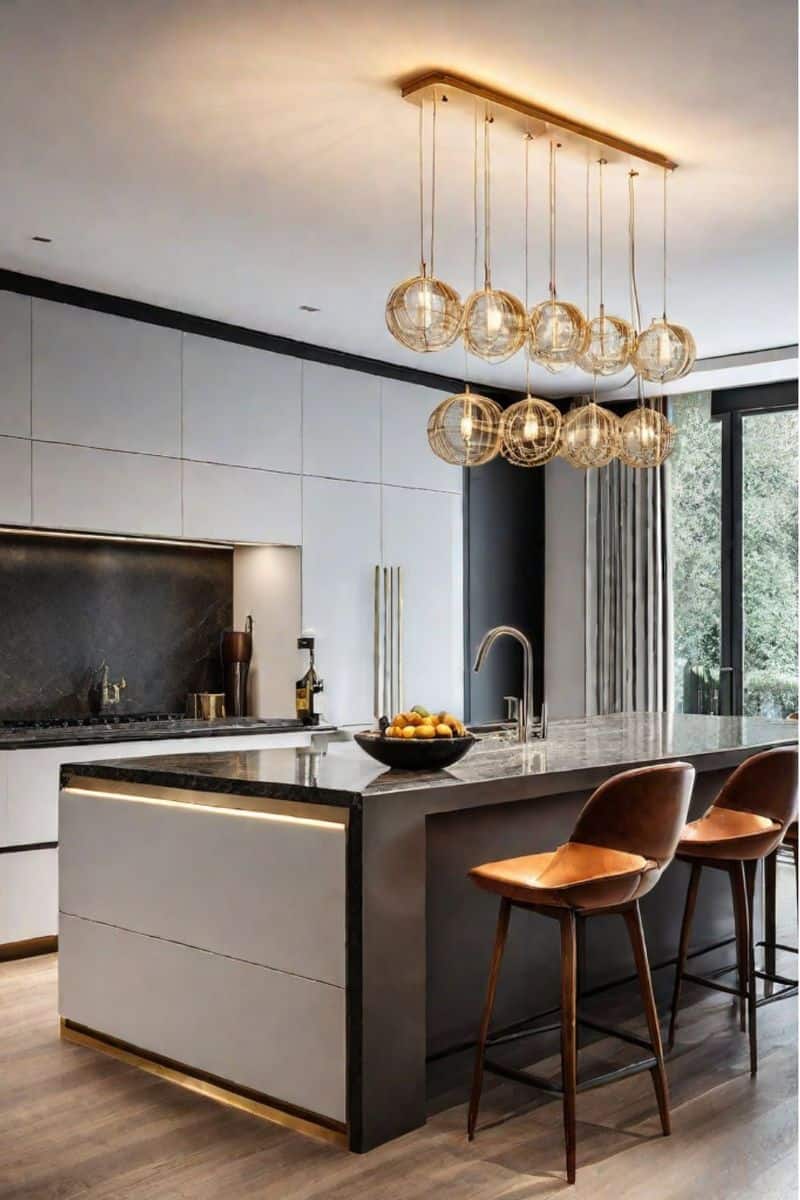
Proper lighting is crucial for safety and functionality in the kitchen. Layered lighting, combining ambient, task, and accent lights, ensures every corner is well-lit.
Bright light reduces eye strain and helps seniors see clearly, minimizing accidents. Well-placed lighting fixtures can transform a dim kitchen into an inviting, functional space.
Upgrade your lighting to enhance visibility and create a welcoming atmosphere for senior chefs.
2. Lever-Style Faucets
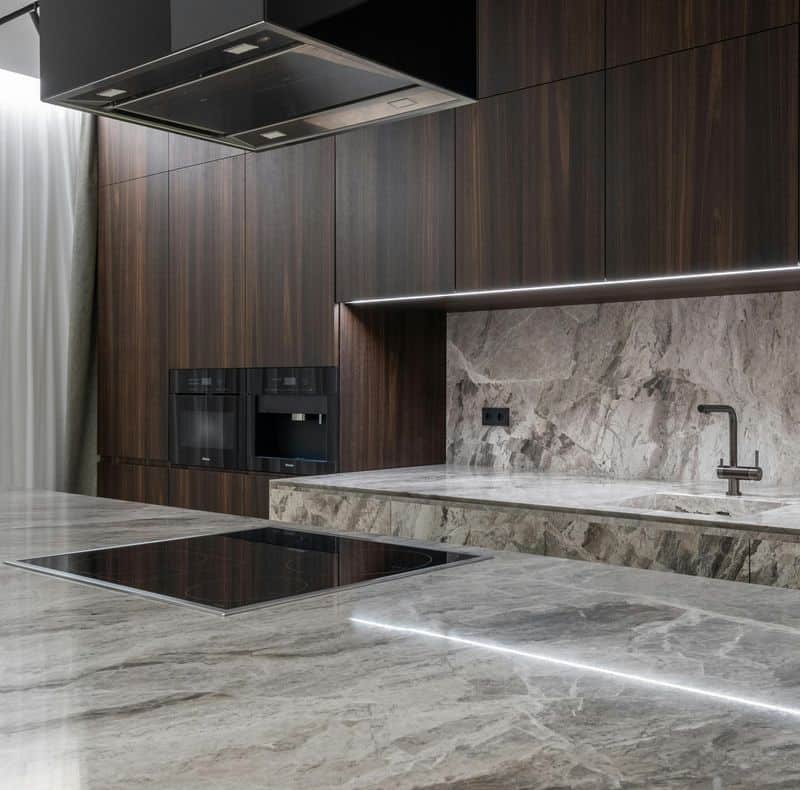
Lever-style faucets are easy to operate, even for those with limited hand strength. Unlike traditional knobs, which require twisting, levers are simple to push up or down.
This design minimizes effort and is particularly beneficial for arthritis sufferers. Lever faucets also allow for precise water control, enhancing kitchen efficiency.
Switching to lever-style faucets can significantly improve kitchen accessibility and ease of use.
3. Adjustable Countertops
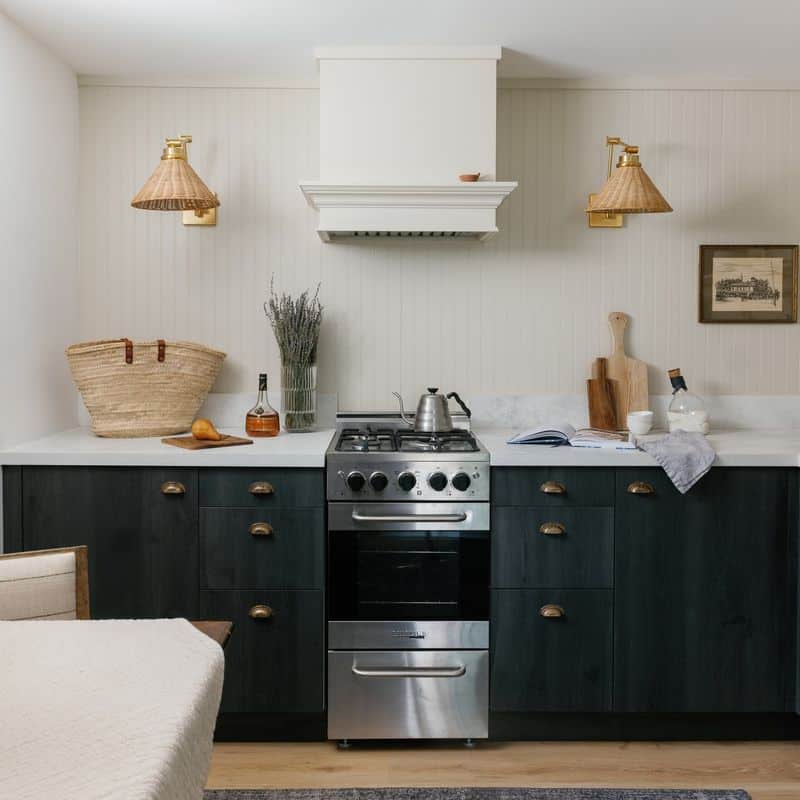
Adjustable countertops cater to varying mobility levels, allowing seniors to comfortably prepare meals. With the push of a button, countertops can be raised or lowered to suit individual needs.
This feature is especially beneficial for those using wheelchairs or experiencing back pain. Adjustable surfaces provide ergonomic support, reducing strain during cooking tasks.
Consider installing this versatile feature to enhance kitchen usability for everyone.
4. Pull-Out Shelving
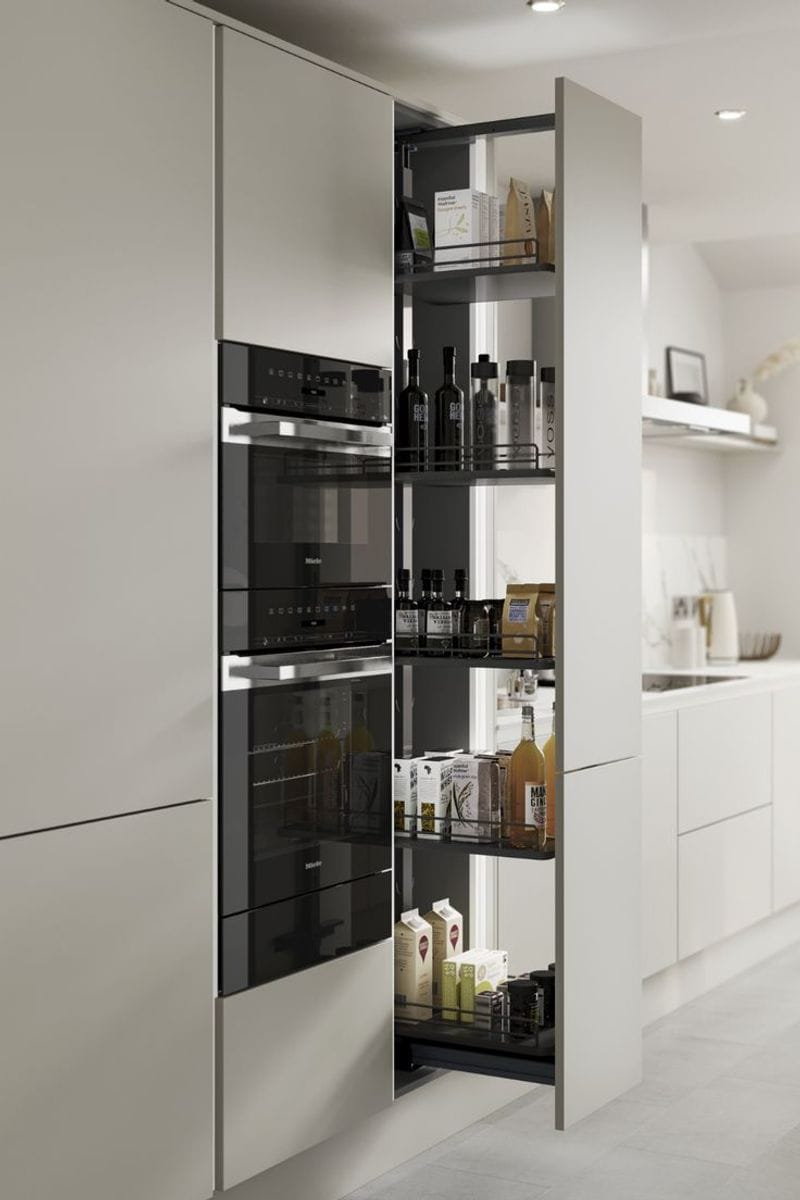
Pull-out shelving in kitchen cabinets brings items within easy reach, reducing the need for bending and stretching.
These shelves slide out smoothly, allowing seniors to access stored items with minimal effort.
This feature is particularly useful for lower cabinets, making every part of the kitchen more accessible.
Consider installing pull-out shelves to enhance convenience and safety for senior users.
5. Raised Dishwasher
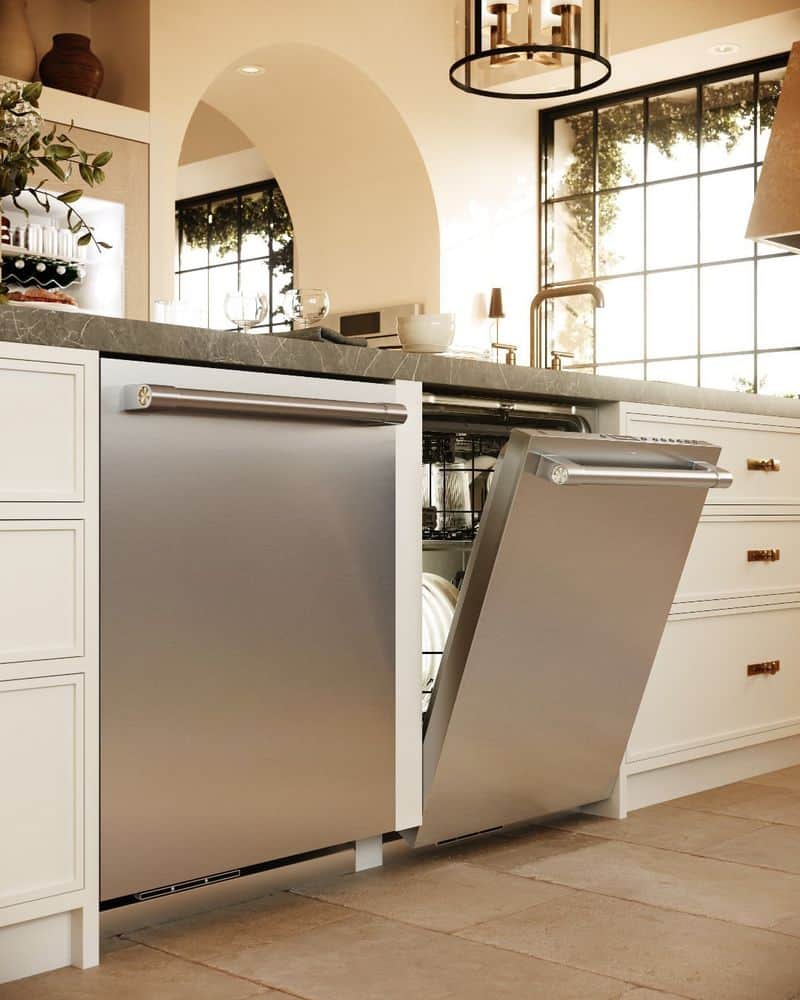
A raised dishwasher is a game-changer for seniors, as it eliminates the need to bend down, reducing strain on the back and knees. Installed at waist height, it allows for easy loading and unloading of dishes.
The convenient height not only aids comfort but also enhances safety by preventing falls and accidents. This thoughtful addition ensures that dishwashing remains a hassle-free and pleasant task.
By integrating a raised dishwasher, the kitchen becomes more accommodating, promoting independence and ease of use for everyone.
6. Easy-to-Read Controls
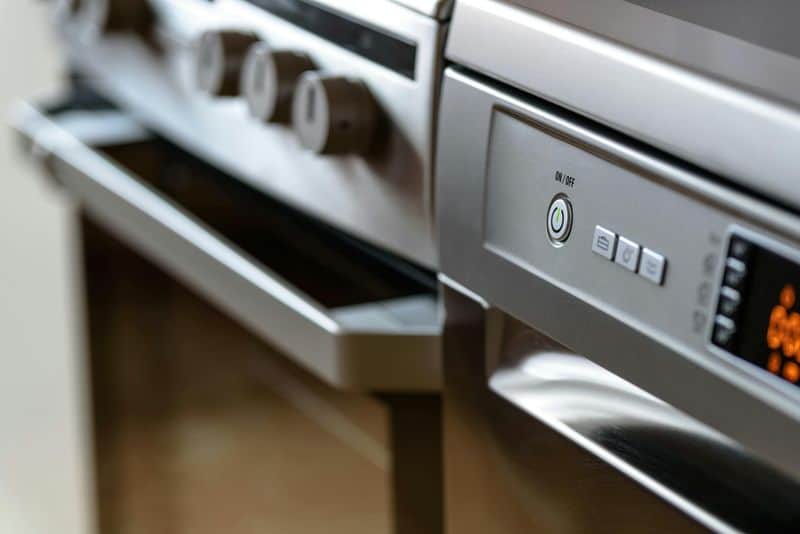
Clear, easy-to-read controls on kitchen appliances are essential for senior-friendly spaces. Large, labeled buttons and dials minimize confusion and ensure safe usage.
Consider appliances with tactile feedback for added convenience. This feature simplifies operation and reduces the risk of errors when using ovens, microwaves, and other kitchen gadgets.
Upgrading to appliances with easy-to-read controls can greatly enhance kitchen accessibility.
7. Induction Cooktops
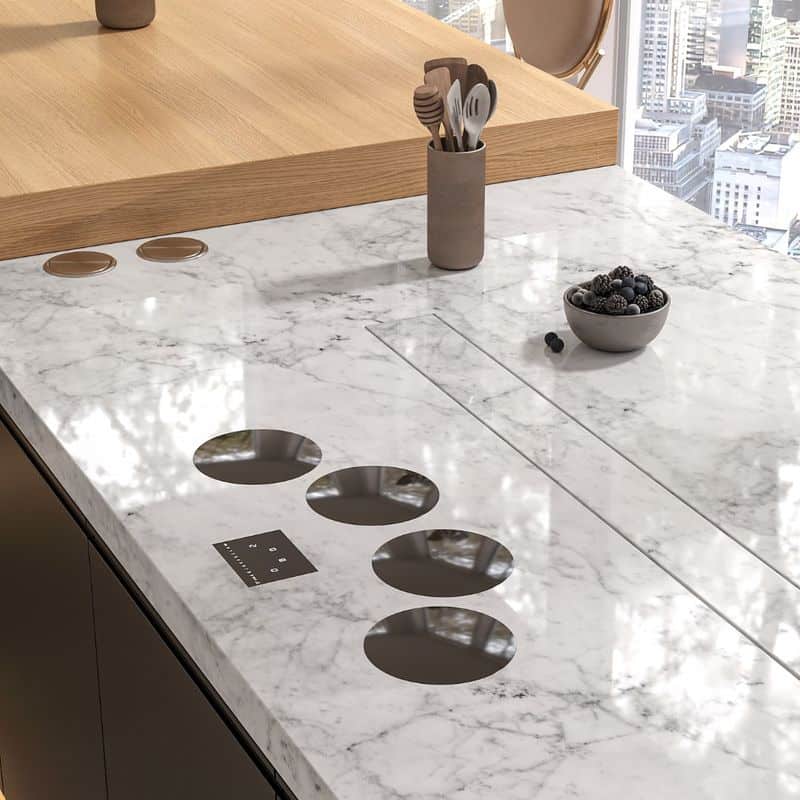
Induction cooktops offer a safer cooking alternative for seniors. They heat only the pan, leaving the surrounding surface cool to the touch. This reduces the risk of burns and fire hazards.
Many models also feature automatic shut-off, adding an extra layer of security.
Induction cooktops are energy-efficient and easy to clean, making them a smart choice for any accessible kitchen.
Consider this upgrade to enhance safety and convenience for senior cooks.
8. Wide Doorways
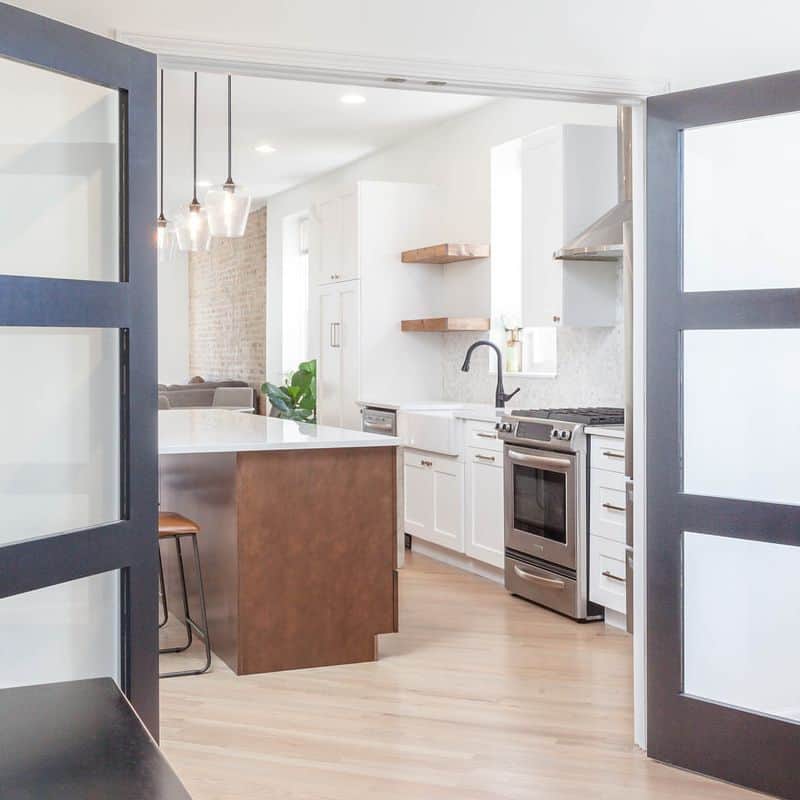
Wide doorways are a game-changer for seniors who rely on mobility aids. By ensuring a minimum width of 36 inches, kitchens become more accessible for wheelchairs and walkers.
This not only facilitates easy movement but also reduces the risk of accidents.
Wider doorways promote independence and allow seniors to navigate their kitchen space without unnecessary hindrances.
Consider upgrading your kitchen doors to create a safer and more accessible environment for all.
9. Non-Slip Flooring
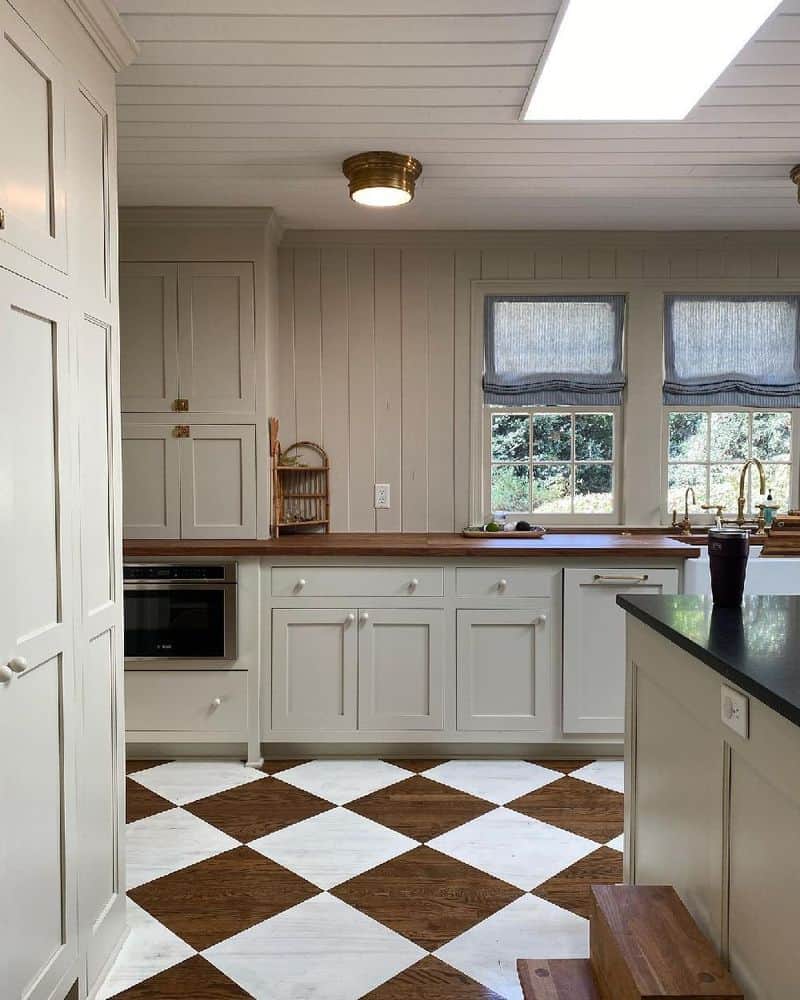
Safety starts from the ground up, and non-slip flooring is essential. It provides a stable surface, reducing the risk of slips and falls.
Look for materials like textured vinyl or rubber that offer both comfort and safety. These floors are easy to clean and maintain, making them a practical choice for any kitchen.
Investing in non-slip flooring is a proactive step toward creating a secure kitchen environment for seniors.

